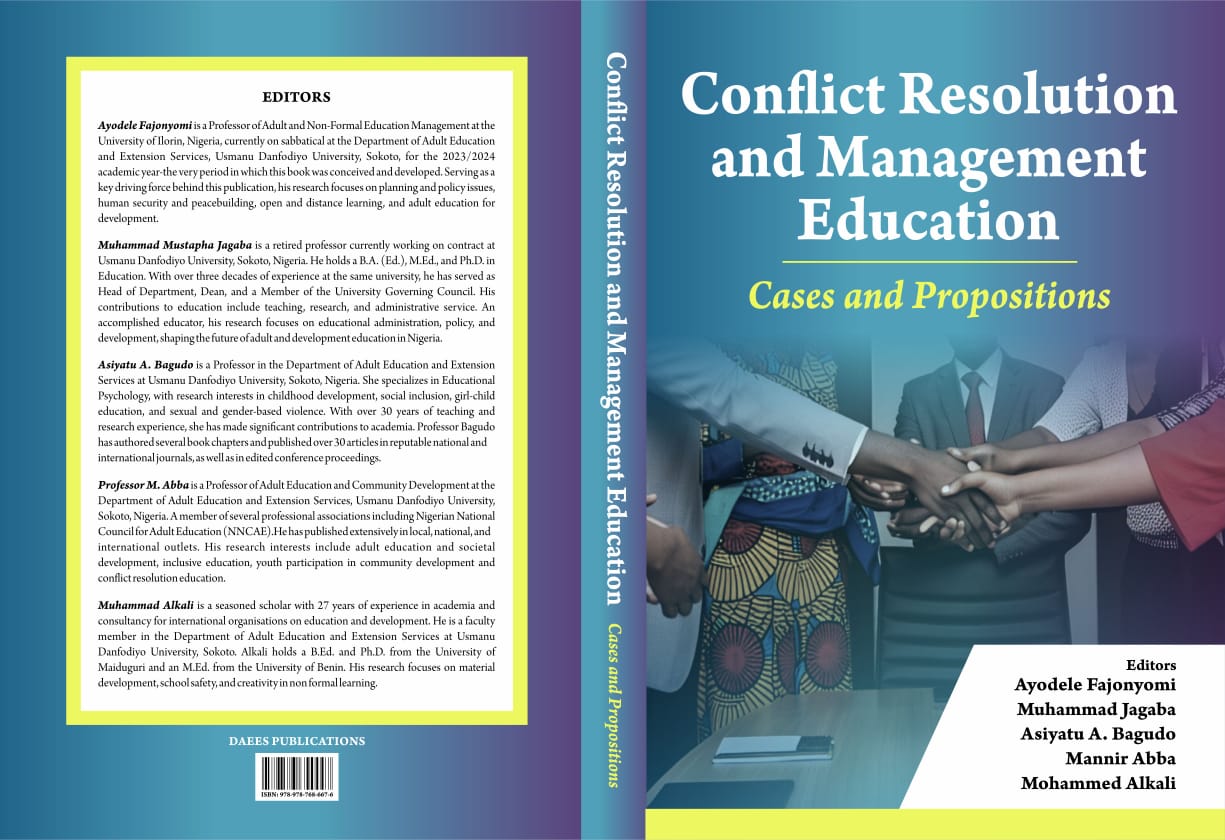Theories of Conflict Resolution and Their Application within African Context I. Bi
Abstract
An African adage does remind that as collaboratively designed and functional the human teeth and tongue are; these two sets of the human anatomy do enter into conflict. Additionally, within an anarchic world without an operational world government (Havercroft & Prichard, 2017), only nation-states that are stronger or strongest succeed in imposing their will and rule. Consequently, within the temporal world, there is no protection against conflict. Conflict therefore is an inevitable aspect of living. However, while conflicts may arise, they are not expected to be kept alive indefinitely or else the very beautifully created world would go into extinction through human action sooner than it is meant to. Hence, the frantic efforts on the part of the human community to develop theories and practices that may contain the process of conflict evolution and manage the effects of conflict on human affairs. Aside African models of conflict resolution, there exist a myriad of conflict resolution mechanisms across the world. However, the ultimate aim of this chapter is to highlight one conflict resolution case study that is relevant to African context.
Downloads
Published
How to Cite
Issue
Section
License
Copyright (c) 2025 Unilorin Journal of Lifelong Education

This work is licensed under a Creative Commons Attribution-ShareAlike 4.0 International License.
